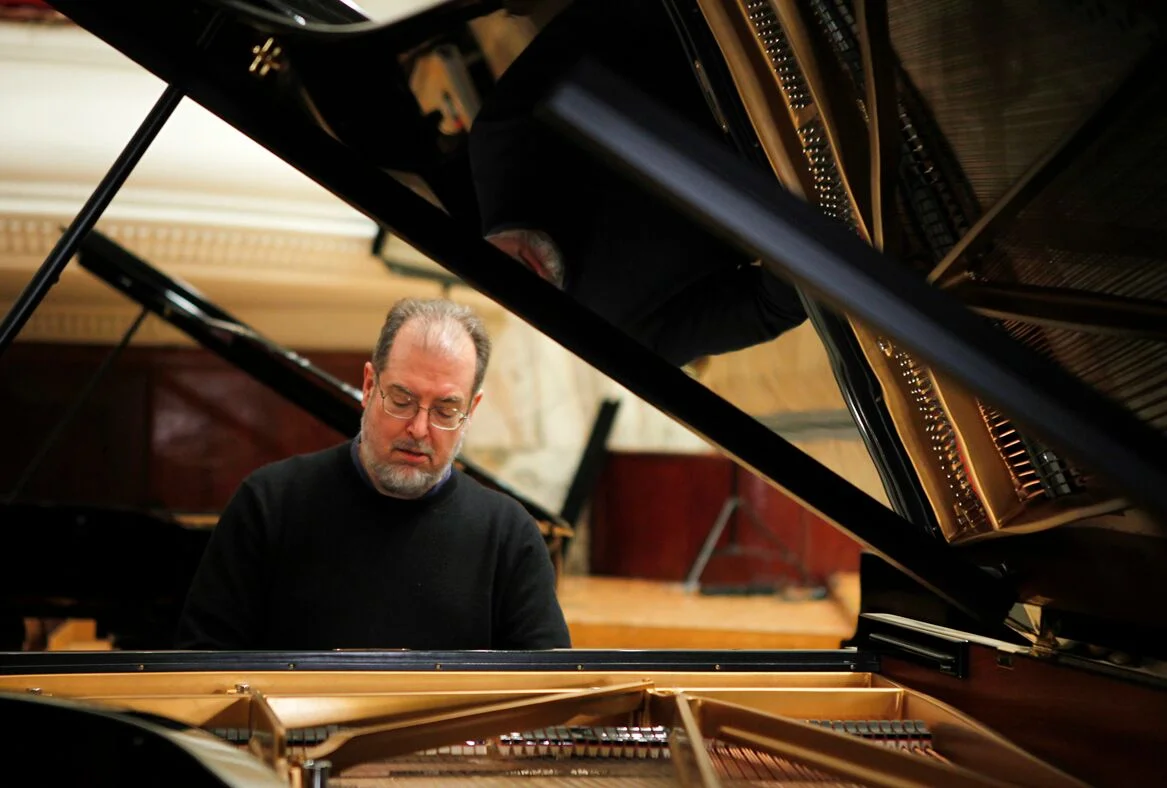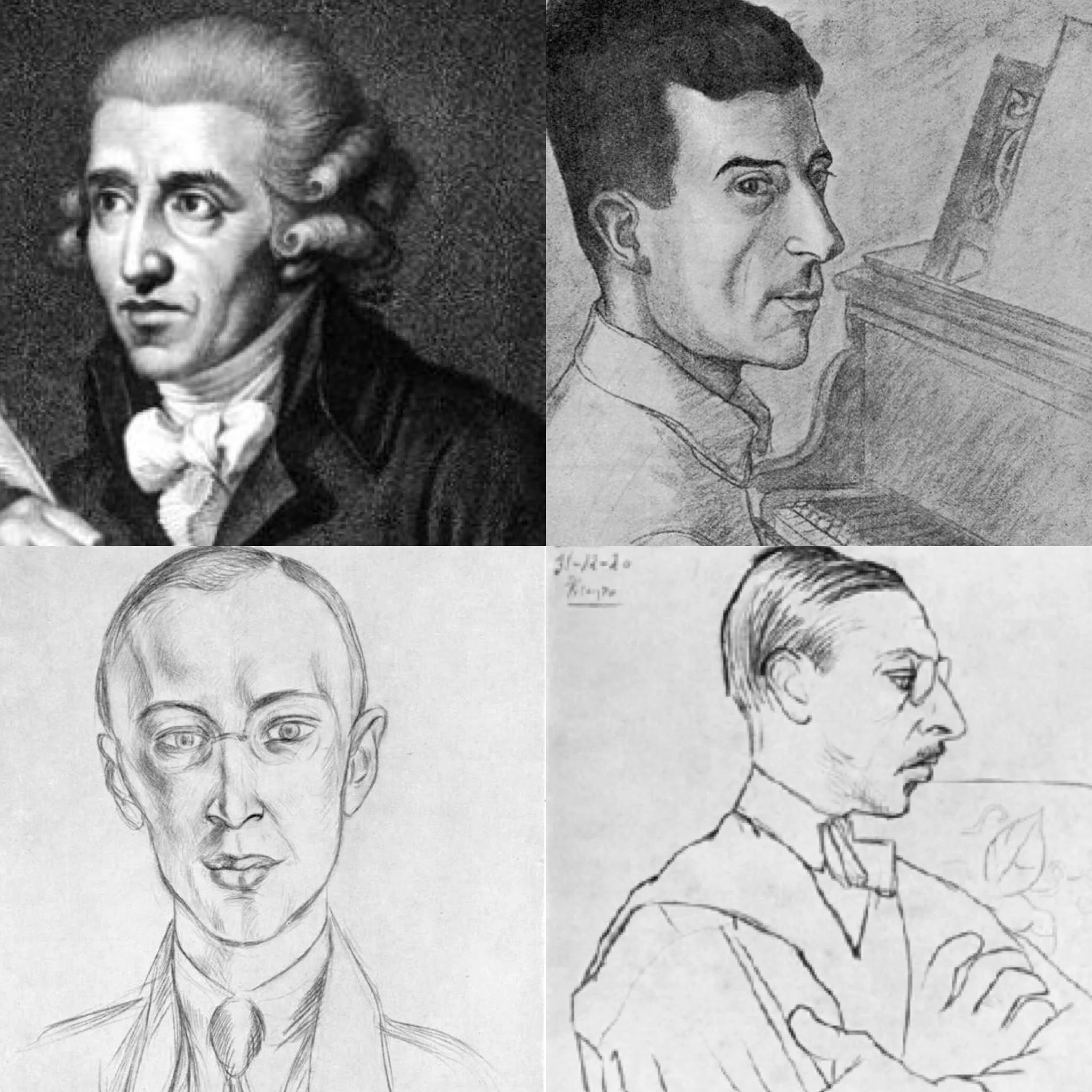REVIEW: Perlman and Kissen Sell Out Carnegie Hall
APRIL 26, 2019
BY BRIAN TAYLOR
Itzhak Perlman debuted at Carnegie Hall in 1963. He has been winning Grammys since 1977, and was awarded the Presidential Medal of Freedom by President Obama in 2015. Evgeny Kissen, 26 years Perlman's junior, rose to fame as a child prodigy in Russia and made his Carnegie debut in 1990. His star has not faded. The two joined up on this storied stage for a hefty program of hearty meat-and-potatoes repertoire, and it was enlightening.
The sold-out audience overflowed onto the stage, wrapped around the piano, as if gathered in a favorite living room, to hear legends from two generations share their music making. There was a homespun, casual feel as Kissen and Perlman began Mozart's Violin Sonata in D major, K. 306. The piece finds Mozart pushing the envelope. This sonata "for piano and violin" is his grandest yet, treating the violin as an equal of the piano.
Photo by Jennifer Taylor
Perlman paces his vigor throughout the evening (which would extend into two encores). He spends the drudge work accompanying that comprises most of his job in the Mozart seemingly disinvested. But as soon as Mozart starts a conversation between violin and piano, little questions and answers, Perlman comes alive. This was really Kissen’s piece — the bulk of it fleshed out in the piano — his fingers flying with riveting precision. The inheritor to the fabled Russian school, Kissen plays with dazzling technique, and tasteful imagination.
Photo by Jennifer Taylor
The slow movement, Andante cantabile, brings an operatic sense of drama to the stage. Mozart the psychologist, in winking gestures and flirtatious asides. Kissen attends to Perlman like a devoted assistant, following where he goes, and responding in deference. The pianist's transcendent skill at the keyboard is sly, as when he makes the finale's opening tune, in unison in violin and piano, sound as easy on the piano as Perlman does on the fiddle. He assailed the first movement’s piano cadenza with refined grace.
Perlman kept his hand on the steering wheel, and the gas, too. All evening, he polices his pianist, keeping the pulse pressing ever forward. It’s impossible to determine who chose such a brisk tempo for the radiant first movement, Allegro amabile, of Brahms's Violin Sonata No. 2 in A Major, Op. 100. But, in this urgent reading, the bar line did not waver. Their collaboration flexibly gelled in the second movement, a mash-up of lyrical gently singing Neo-Baroque F Major passages, alternating with a seductive Vivace in D Minor, surprisingly earth-bound in tempo.
There comes a moment in the final Andante passage, marked dolcissimo and espressivo, when Perlman closes his eyes, smiles broadly, and communes with the universe. His take on the finale, Allegro grazioso (quasi andante), is wistful and uplifting. Kissen's ability to voice the melody, while maintaining supple definition in the supportive texture, allows Perlman's delicate phrasing to float atop like cream. Sometimes, Kissen really digs into left-hand interjections of melody. He’s always sure of his point of view, and ready to carry the heavy-lifting with chivalry.
The program's high point was the duo’s thrilling Beethoven "Kreutzer” Sonata. Their tempo in the first movement’s Presto was heavily weighted, finding a gravitas in the freeze-time starts and stops. Perlman’s schmaltz-infused vibrato balanced Kissen’s acidic attack in the theme of the second movement. The Presto finale illustrated perfectly what makes great artists great. Perlman, no mere master fiddler, but master communicator; Kissen, who can play anything, with anyone. Beethoven’s folksy two step finds the right actors to enact the drama’s suspenseful climax.
For encores, they played Leopold Auer’s transcription of “Lensky’s Aria” from Tchaikovsky’s Eugene Onegin, which brought out Perlman’s evocative vibrato, and de Falla’s rhythmic “Danse Espangole.”
***







